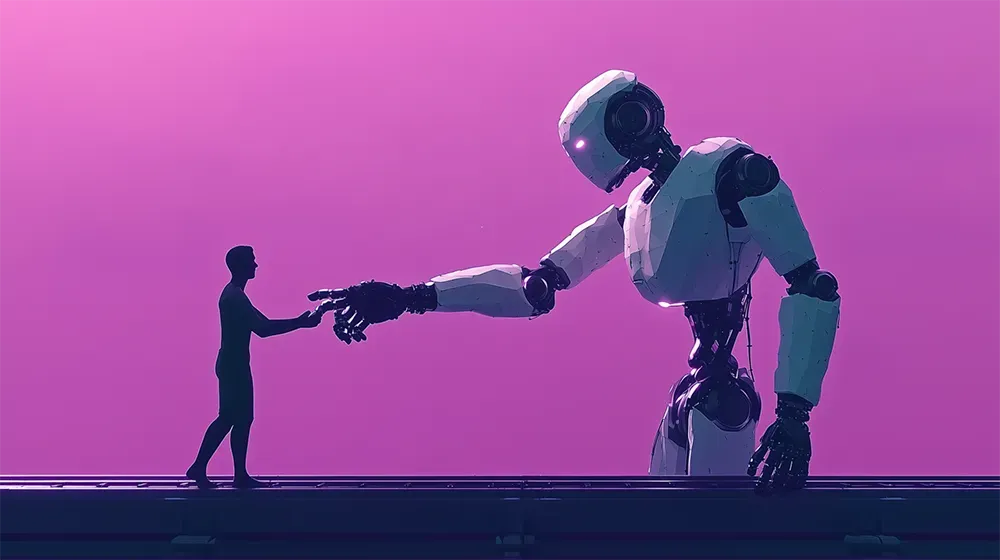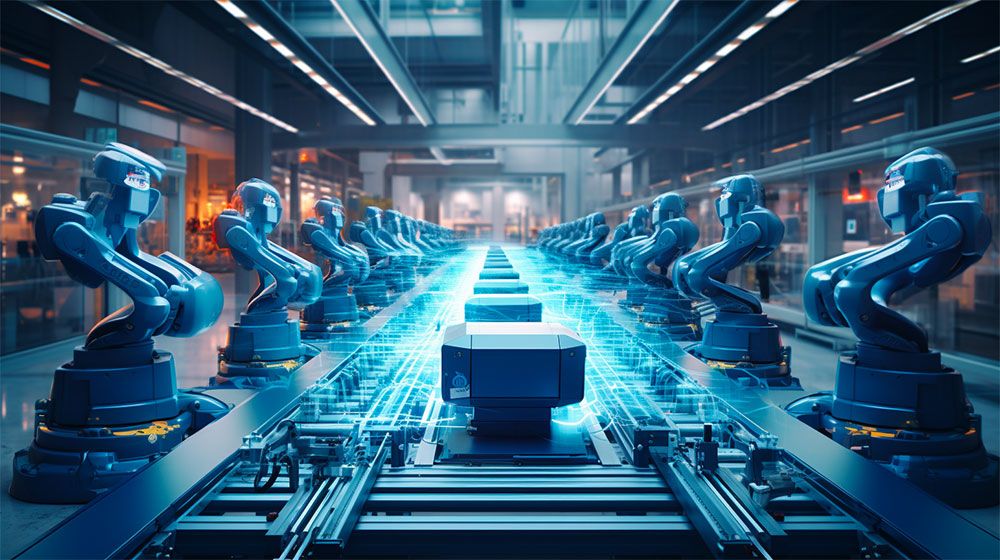Humanoids With AI: The Dawn of a New Workforce Species
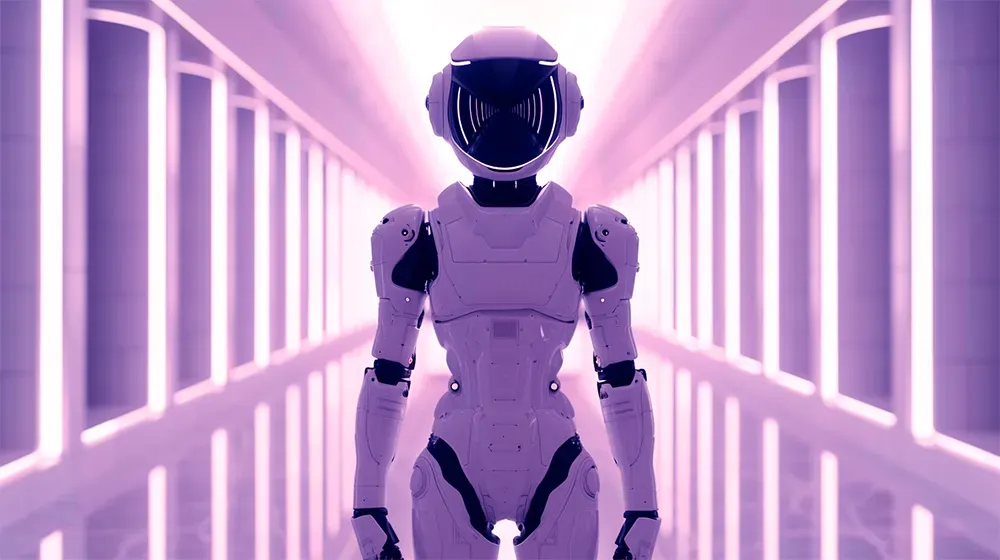
In recent years, we have witnessed significant advancements in the field of robotics. Among the many transformative trends shaping the year ahead, integrating Humanoids and Multimodal Large Language Models (LLMs) stands out as a remarkable stride forward. This synergy is redefining how we interact with machines and sparking conversations about the emergence of a new species.
Once seen as science fiction, humanoids that can interact naturally within our world are rapidly becoming a reality thanks to the integration of humanoids with multimodal LLMs. This integration has opened up new avenues for human-robot interaction and has the potential to revolutionise various industries and settings.
In 2024, the fusion of advanced robotics and multimodal Large Language Models (LLMs) is set to revolutionise the capabilities of humanoid robots. This integration marks a significant leap forward, enabling robots to operate seamlessly in real-world environments by harnessing the power of both auditory and visual perception. Multimodal LLMs, exemplified by cutting-edge technologies such as Google Gemini and ChatGPT 4 Multimodal, enhance the robots' ability to 'hear' and 'see,' facilitating a more nuanced and interactive engagement with the world. This convergence is poised to redefine human-robot interactions, paving the way for robots that execute tasks precisely and comprehend and respond to the surrounding environment more akin to human perception.
The era of multimodal LLM-integrated robotics holds immense potential for transforming how we coexist and collaborate with these intelligent machines.
This article is an extended version of one of the ten technology trends for 2024. You can download the full report free of charge by completing the below form.
Humanoids Entering the Workforce

Humanoids are becoming an increasingly common sight in a wide range of settings. Humanoids will become commonplace in the workforce in the coming years, from the automotive industry to the manufacturing industry.
Humanoids have transcended their traditional roles, breaking free from the confines of research labs and stepping into the real world. For example, recently, Boston Dynamics' Atlas robot, previously celebrated for its bipedal acrobatics, has now ventured into the realm of inventory work, showcasing its newfound finesse in handling a 30-lb car strut. This transition from brute force to delicate manipulation represents a significant leap in robotics, moving Atlas closer to tasks that require not just strength but also subtlety and precision.
The robot's updated hand design, featuring three dexterous fingers, marks a departure from the "maximum grip" approach to one that emphasises careful handling, avoiding damage to delicate objects. This shift towards more "kinetically challenging" work underscores the complexities of integrating robots into human-centric environments, where the ability to adapt to varied and intricate tasks is paramount.
Atlas' performance, from lifting to carefully placing objects, hints at the future of robotics in logistics and manufacturing, blending the physical prowess of machines with the nuanced judgment traditionally reserved for humans. As Atlas evolves from a gymnastic marvel to a potential workforce ally, what implications might this have for the future of manual labour and the delicate dance between human workers and robotic precision?
However, Atlas is not the only upcoming humanoid. Companies like Softbank Robotics are introducing robots like Pepper, designed to be companions capable of performing diverse tasks, from providing information to entertaining family members. Also, Tesla’s Optimus 2 seems to be targeted at professional and personal environments.
The implications on the workforce extend beyond task automation. Humanoids may redefine manual labour and caregiving roles, requiring a workforce adept at collaborating with robots. The integration of Multimodal LLMs, as seen in advancements like ChatGPT, enhances communication, offering personalised and contextualised assistance in fields like customer service. As we navigate this integration, adaptability and a focus on cultivating skills aligned with the evolving technological landscape become critical for individuals seeking success in the workforce of 2024.
One fascinating aspect of humanoids is their ability to adapt to different environments. They are equipped with sensors and cameras to navigate and interact with their surroundings. This adaptability makes them highly versatile and capable of performing complex tasks.
Emotional Capabilities of Humanoids
The integration of multimodal LLMs with humanoids is a game-changer in the world of robotics. These language and learning capabilities enable robots to interpret and respond to human speech, gestures, and facial expressions. This seamless integration of communication and learning allows for natural and intuitive human-robot interaction.
One of the most intriguing aspects of humanoids is their ability to display emotions. Through advanced programming and sophisticated algorithms, these robots can interpret human emotions and respond accordingly. This emotional intelligence allows humanoids to establish a more meaningful and engaging connection with humans.
Companies like Engineered Arts have developed robots like Ameca, equipped with facial recognition technology and the ability to express emotions. These humanoids are performing tasks and establishing genuine connections with their users. In healthcare, robots like Moxi by Diligent Robotics assist medical staff, showcasing empathy and understanding in patient interactions.
Imagine a humanoid working alongside you in your workplace. Not only would it be able to assist you with tasks and provide valuable information, but it would also understand your emotions and provide support when needed. This emotional connection can significantly enhance the overall working environment and improve productivity.
Let's delve deeper into the emotional capabilities of humanoids. Thanks to multimodal LLMs and state-of-the-art sensors, future humanoids will be able to detect subtle changes in facial expressions, body language, and even vocal tones. By analysing these cues, humanoids will be able to accurately identify a range of emotions, including happiness, sadness, anger, and surprise.
The emotional capabilities of humanoids will become truly remarkable. These robots will have the ability to interpret and respond to human emotions, establishing meaningful connections and providing support in various contexts. Whether in the workplace or healthcare settings, humanoids have the potential to enhance human experiences and improve overall quality of life.
Humanoids and the Future of Work
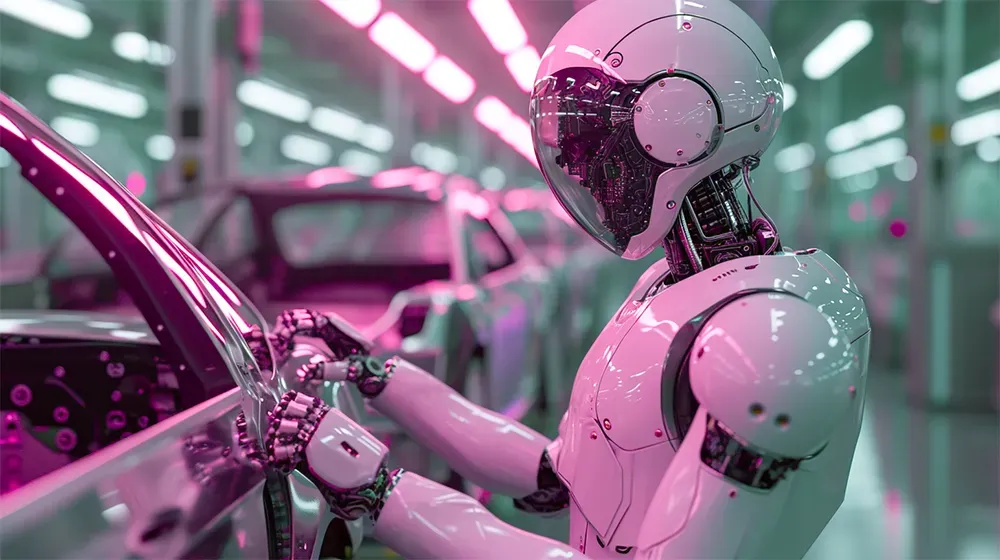
The rapid advancement of humanoids and their integration with multimodal LLMs raises important questions about the future of work. As robots become more capable and autonomous, what will be the role of humans in the workforce?
While some fear that humanoids will replace human workers, there is also the potential for a more collaborative future. Humanoids can handle repetitive and physically demanding tasks, freeing humans to focus on more creative and strategic endeavours. This symbiotic relationship between humans and humanoids has the potential to redefine work and create new opportunities.
One area where humanoids could make a significant impact is in the field of retail and customer service. Picture a robot assistant in a retail store equipped with the ability to understand not only spoken language but also non-verbal cues such as hand gestures and facial expressions. This advanced communication capability allows the robot to provide personalised recommendations and assistance, creating a seamless and delightful shopping experience for customers.
Another industry that stands to benefit from the integration of humanoids is manufacturing. Traditionally, manufacturing processes have been labour-intensive and repetitive, often leading to worker fatigue and decreased productivity. By introducing humanoids into the manufacturing line, companies can automate these tasks, improving efficiency and reducing the risk of injuries. Human workers can then be upskilled to take on more complex roles, such as quality control and process optimisation, ensuring that the final product meets the highest standards.
Recently, BMW introduced Figure’s humanoid robot in its Spartanburg plant, marking a significant step in manufacturing automation. The Figure 01 robot, starting with five specific tasks, aims to handle repetitive jobs that are challenging for human workers. Its development emphasises human-like dexterity, particularly in handling tasks designed for human hands. This strategic deployment combines reinforcement learning and teleoperation, reflecting a gradual, learning-based integration into the workforce. As BMW ventures into this robotics-as-a-service model, the move underscores the dynamic shift towards more adaptive, human-augmenting technologies in industry settings.
The Emergence of a New Species
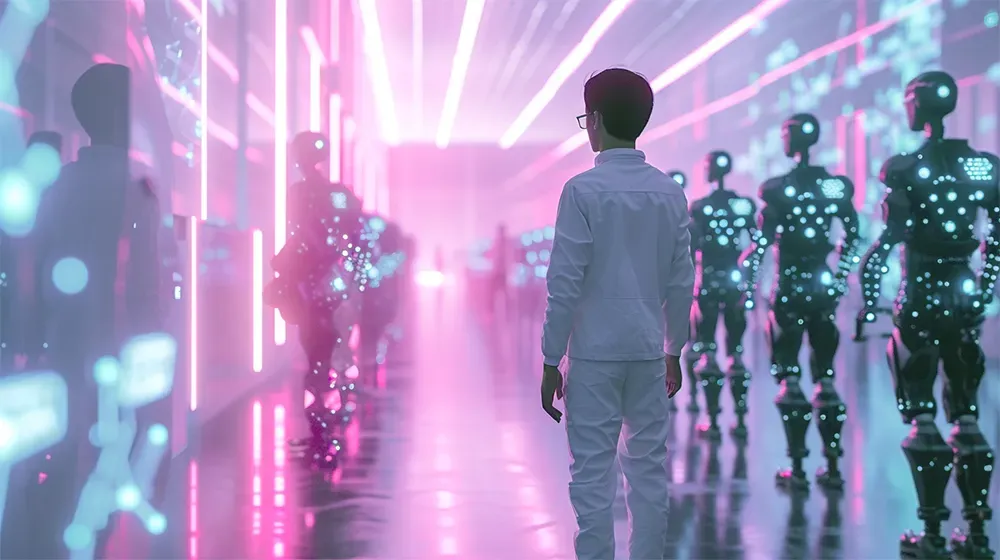
As humanoids become more sophisticated and integrated into society, questions about the emergence of a new species are beginning to surface. Social robots like Paro blur the lines between artificial intelligence and sentient beings. Ethical considerations, legal frameworks, and societal implications surround the concept of humanoid rights and responsibilities. The year 2024 may well be remembered as the period when the term "new species" entered the lexicon, signifying a paradigm shift in our understanding of intelligent machines.
Humanoids integrated with multimodal LLMs will possess both the physical attributes of humans and the computational power of machines. They are capable of learning and adapting, making them increasingly indistinguishable from their human counterparts.
The impact of this new species goes beyond their practical applications. As they continue to evolve, questions arise about their place in society. Will they become our colleagues, working alongside us to advance scientific research and technological innovation? Or will they become our friends, providing companionship and support in a world where human connection is increasingly scarce?
However, there is also the possibility that these human-machine hybrids could become our rivals. With their superior computational power, they may outperform us in various fields, posing a threat to traditional job markets and challenging our understanding of what it means to be human. The line between humans and humanoids is becoming blurred, and we must embrace this new era with open minds and a willingness to explore the possibilities.
Ultimately, the emergence of this new species represents a turning point in human history. It challenges us to redefine our understanding of intelligence, consciousness, and what it means to be alive. Integrating humans and machines opens up a world of possibilities and raises profound philosophical and societal questions. As we embark on this journey, let us approach it with curiosity, empathy, and a commitment to shaping a future that benefits both humans and our new hybrid counterparts.
Conclusion
The integration of humanoids with multimodal LLMs marks a significant milestone in the field of robotics. These intelligent robots are not just tools; they are becoming companions, colleagues, and even friends. The fusion of human-like capabilities and machine learning opens up new possibilities for collaboration and interaction. From healthcare to education to customer service, humanoids' enhanced communication and learning abilities enable them to adapt and excel in various domains. As we continue to explore the potential of this integration, we can expect even more remarkable advancements in the field of robotics.
As we venture into this era of human-robot integration, we must approach it with curiosity and an open mind. Only by embracing the potential of humanoids and multimodal LLMs can we unlock their full potential and shape a future where humans and robots coexist harmoniously.



